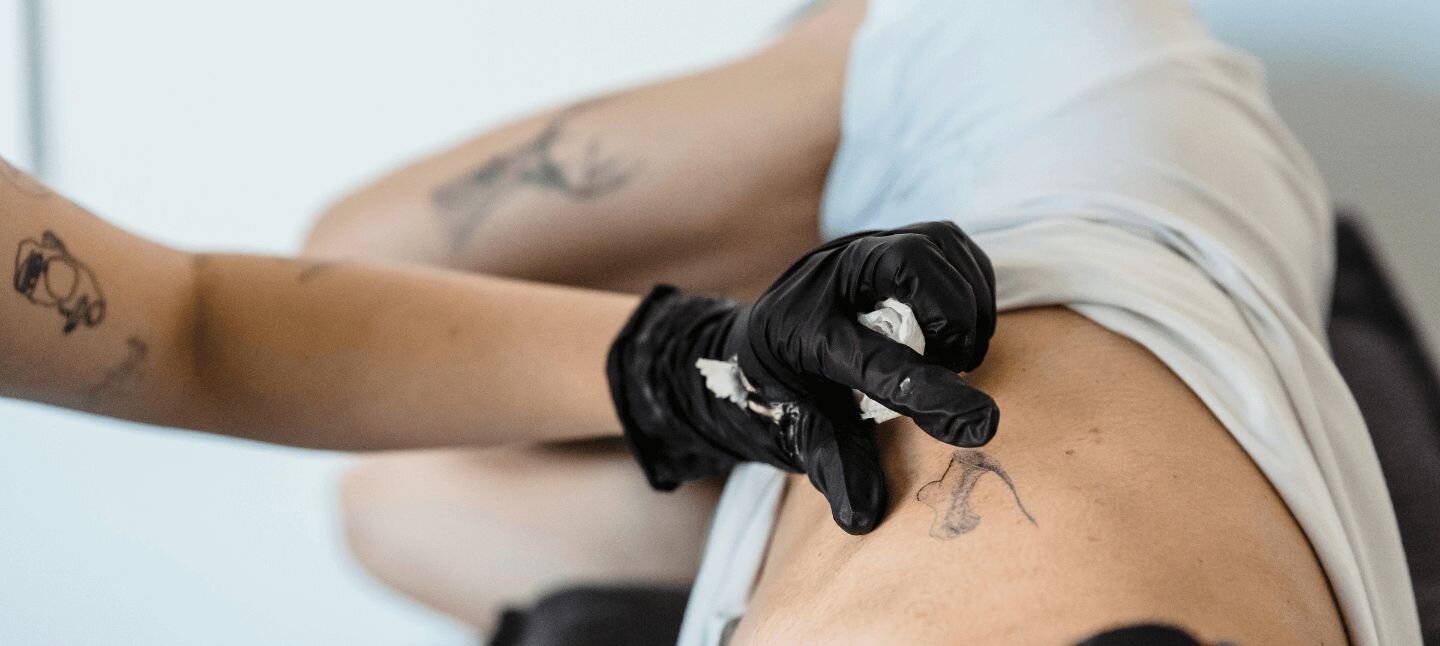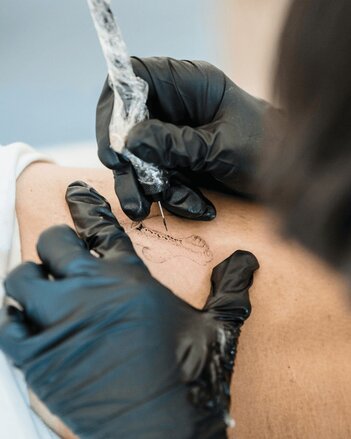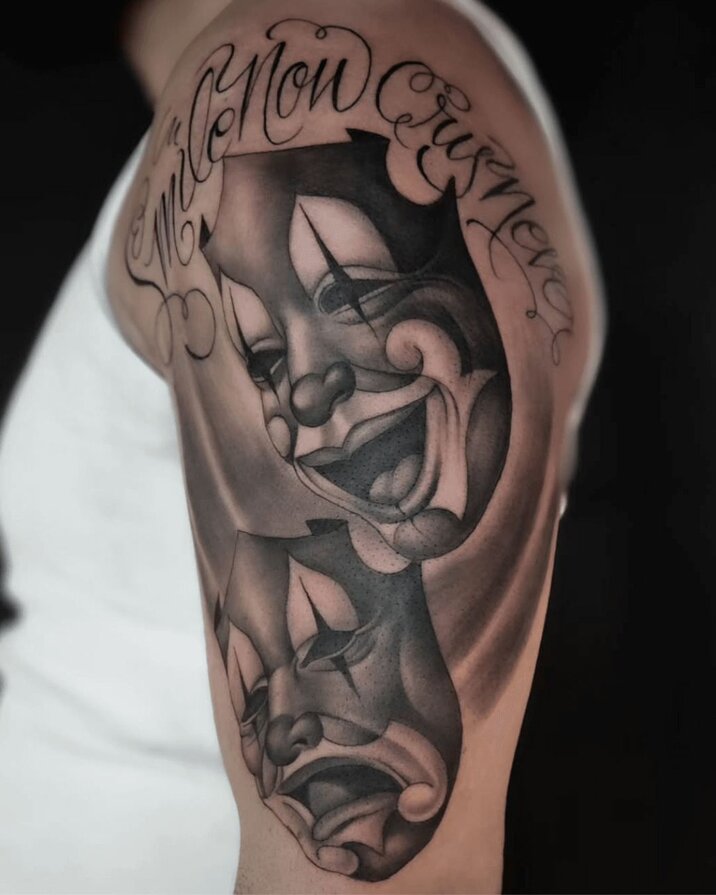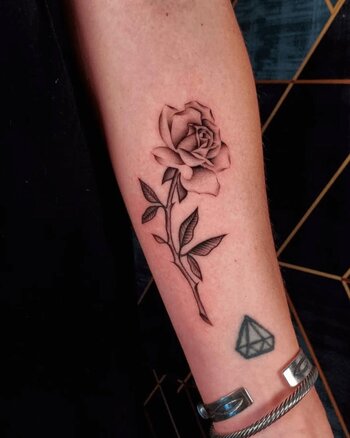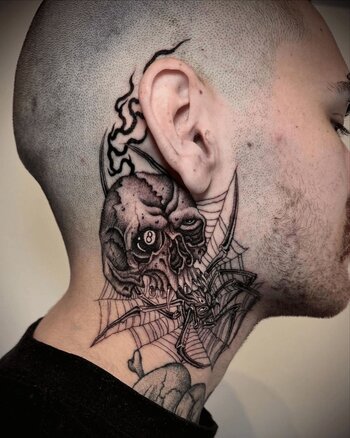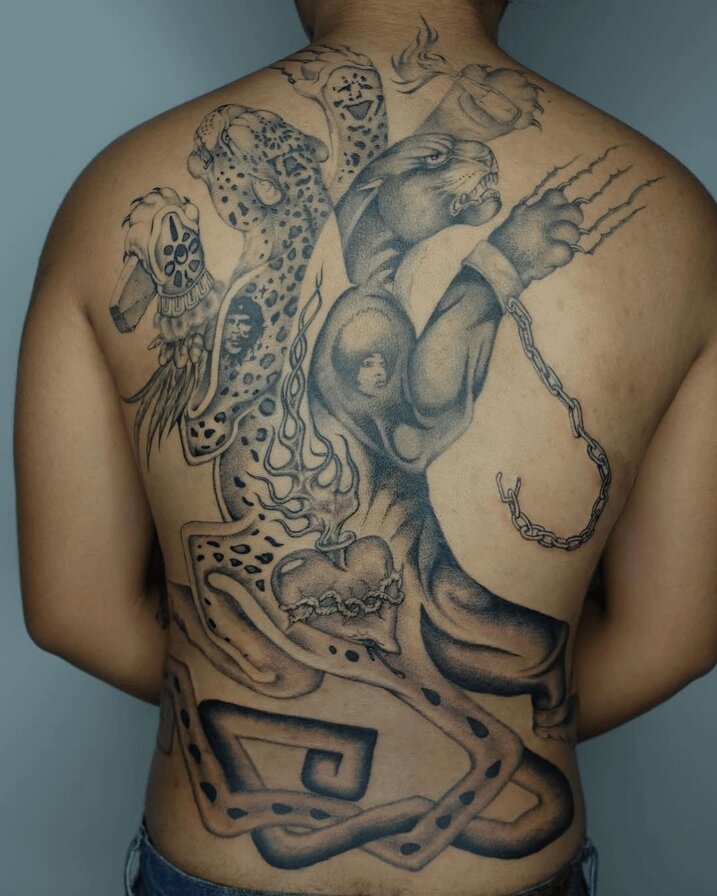Single-needle tattooing, often regarded as a refined form of fine-line tattooing, is one of the most technically precise and culturally significant styles in tattooing today. Known for its ultra-fine lines and meticulous attention to detail, this technique embodies both ancient practices and a distinctly modern sensibility evolution.
A Legacy from Ancient to Contemporary
Hand-poked tattooing, where a single needle or sharp tool deposits ink into the skin, has existed for centuries across cultures. However, the single needle technique, as it’s widely practiced today, emerged more recently as a modern development within the Chicano tattoo movement in 1970s Los Angeles.
During this era, artists in L.A., both in prison systems and neighborhood street shops, began refining black and gray work using a single needle. Their goal was clarity: to create softer shading, delicate linework, and realism that reflected lived experiences, memorials, and cultural identity. This led to a signature visual language that profoundly influenced the L.A. tattoo scene and continues to shape mainstream tattooing today.
Built Through Constraint and Resistance
Inside prisons, artists create handmade machines using cassette motors, pens, guitar strings, and more. Despite limited access to tools and materials, they develop highly detailed designs featuring religious symbols, portraits, and personal iconography. Tattooing in this context isn’t merely aesthetic; it is deeply personal, often political, and an act of cultural survival.
This is why single-needle tattooing is widely seen as a form of resistance, rooted in community, shaped by adversity, and carried forward by artists who refuse to be erased.
A Central Narrative in Tamara Santibañez’s Artist List
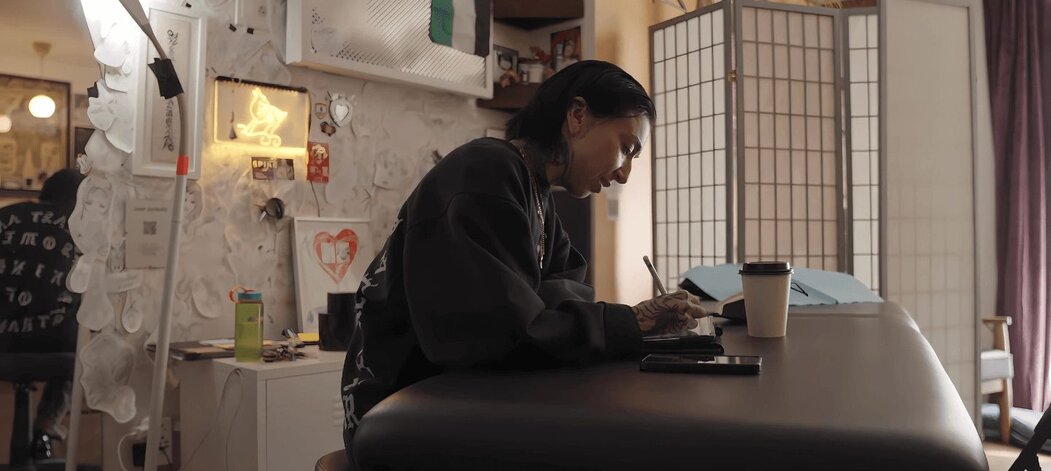
The narrative of single-needle tattooing holds significant importance in Tamara Santibañez’s Genre-Expanding Tattoo Artists list on CO: CREATE. As a black and gray fine-line artist, Tamara links this style to her personal heritage and wider political histories.
“Single needle tattooing... is an important vehicle for me. To talk about where it came from, the artists who originated it, and how systemic oppression of the carceral system shaped this really beautiful form of cultural resistance in the tattooing.”
The artists highlighted in Tamara’s list exemplify this perspective, collaborating across genres while anchoring their designs in identity, memory, and intentionality.
Honoring the Legacy, Expanding the Form
Today, single-needle tattooing continues to evolve. Artists integrate the technique into studios and galleries, utilizing digital tools and professional machines while still honoring the aesthetic and cultural legacy of its roots. The hallmark guarantees clean lines, rich storytelling, and respect for the style's origins.
For CO:CREATE artists working in fine line and black and gray, this history serves as a true foundation that continues to influence how tattooing is practiced, perceived, and preserved.
Discover Artists Who Carry the Line Forward
From its origins in Southern California’s Chicano movement to its influence on global tattoo culture, single-needle tattooing serves as a striking example of how artistry and resistance can coexist within the same line.
Explore Tamara Santibañez’s list of Genre-Expanding Tattoo Artists and discover how they honor the past while advancing the art of tattooing.
